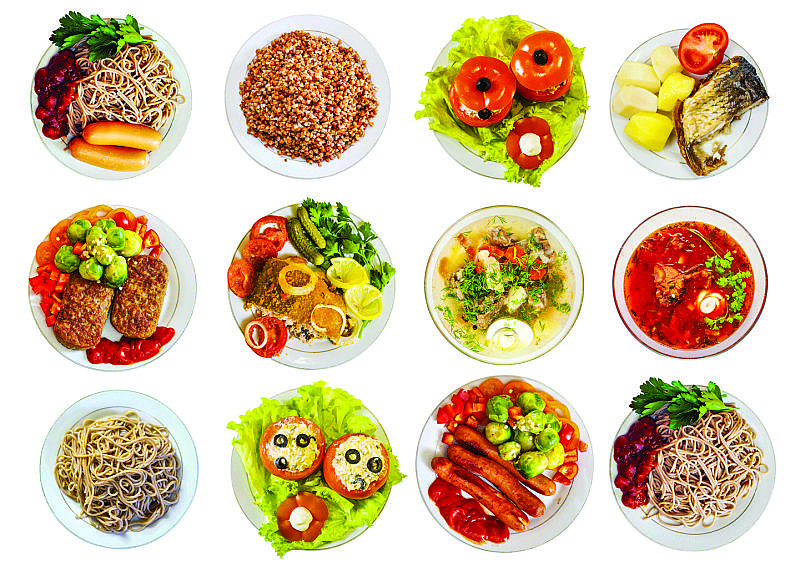As we try to fit more into our daily lives, it is easy to slip into the habit of buying, rather than cooking, a sit-down meal in the evening. How can we fit making meals into our busy lives?
Here are some suggestions.
1. First, it's vital to make meal planning a priority. Planning what you will eat for the week (or at least for the next few days) and having those items on hand helps encourage you to make meals at home.
2. On a day when you have time and you are hungry, make a meal list for the week. It is wonderful to include all family members while planning so everyone has a say in what is made.
3. Work on including the following food groups with each meal:
Lean protein such as round or loin cuts of meat, skinless chicken or turkey, fish, eggs, or nuts.
Non-starchy vegetables such as green beans, broccoli, cauliflower, tomatoes, lettuce, carrots, cucumbers, asparagus, etc.
Starch like bread, pasta, rice, potatoes, corn, peas or beans.
Fruit.
Low-fat milk, yogurt or cheese.
Eating each of these foods with each meal helps you make sure you get enough of all food groups. It is OK to save a few of these food groups for after-meal snacks. For instance, I usually have berries with light Greek yogurt for an after-dinner treat rather than with dinner.
4. Make a favorite meals list. This is helpful to refer to when you're making your meal list for the week and can't think of what you would like to eat.
5. Make your grocery list based on the ingredients in the recipes and what you have versus need in the pantry and fridge. Make sure to include fruits, yogurt, vegetables and other staples you need for meals other than dinner.
6. Shop for groceries when you are not hungry and when you have enough time to do so effectively. Buy only items on your list.
7. Put healthier foods in clear containers that are at eye level or within easy reach so you're more likely to eat them!
This may seem complex, but once you get into a routine, my husband will attest it is quick and easy and saves time in the long run. Bon appetit!
Lynn Grant is a registered dietitian and certified diabetes educator. She works at Capital Region Medical Center and provides diabetes education and outpatient nutrition counseling by appointment.


